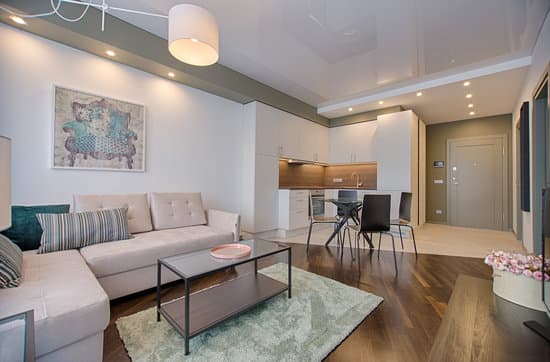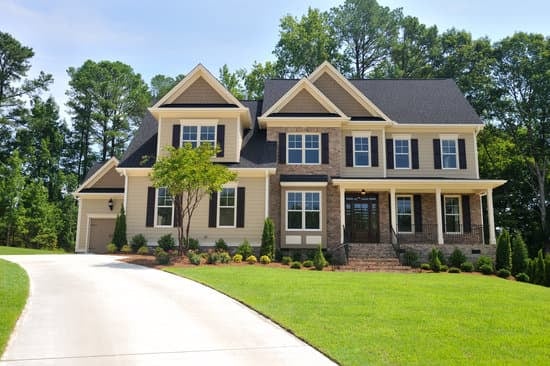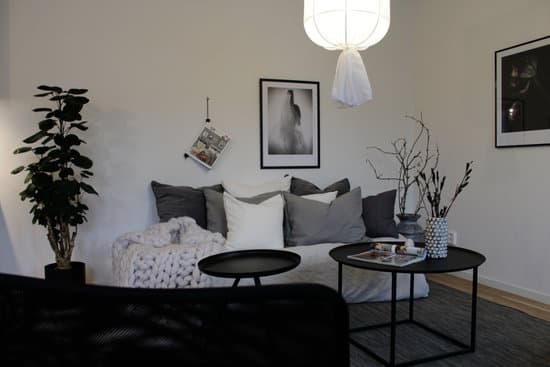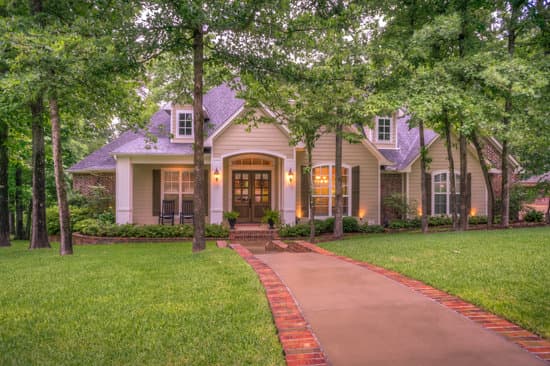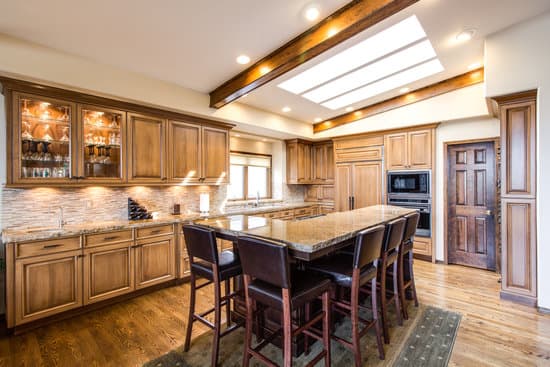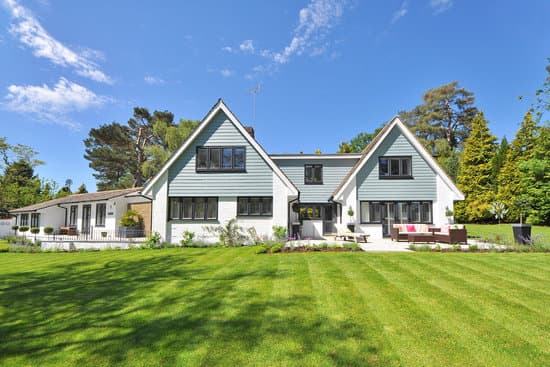One of the most distinctive and impressive architectural styles is Baroque. If you’re trying to identify a structure as featuring Baroque design, look for some of its trademark characteristics. Here are a few key elements to keep an eye out for:
Grandiosity and Drama: Baroque architecture is all about making a statement. Look for buildings that are over-the-top in terms of size, scale, and drama.
Ornate Details: Baroque design is known for its intricate details and ornate flourishes. Look for elaborate carvings, sculptures, and other decorative features.
Curvilinear Forms: The oval is a common shape in Baroque design, which emphasizes soft, flowing lines over sharp angles and straight edges.
Motion and Sensuality: Baroque buildings are designed to evoke strong emotions, with a focus on movement, sensuality, and dynamism. Look for elements that suggest motion, such as undulating curves or spiraling columns.
Repetition and Variation: Baroque architecture often features repeating motifs and patterns, but with variations on each iteration. This creates a sense of richness and complexity.
By keeping these characteristics in mind, you can identify Baroque architecture with greater ease and appreciation for the style’s unique aesthetic.
Baroque architecture is a fascinating and intricate style that is widely recognized for its dynamic patterns and intricate plans. This style is characterized by its grandeur, the use of oval shapes, and the incorporation of both Renaissance classical designs and distorted versions of them. In this article, we will explore the unique features of Baroque architecture and offer tips on how to identify this style of design.






